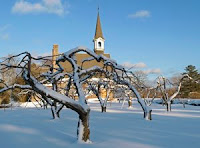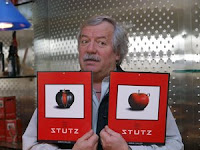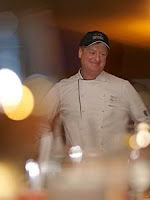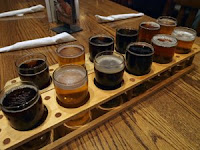E1blog2.jpg)

Overnighting at the Prince George Hotel in downtown Halifax, I awoke refreshed and ready for a quick swim in a pool mercifully separated by glass from the snowy outside deck. Breakfast is provided ensuite for executive guest rooms, with ample time for the morning newspaper. As I sipped my coffee, traditional red brick buildings and a rooftop pub across the street caught the sun’s first rays. Hidden from view to the right was the historic Citadel guarding the old town. Foregoing a brisk walk up the hill, I readied my cameras for a scheduled trip to the Annapolis Valley on the Bay of Fundy. ‘Taste of Annapolis’ was the description given the conference pre-trip I had signed on to. www.princegeorgehotel.com/
E1blog.jpg)


E1blog.jpg)
E1blog.jpg)
E1blog.jpg)
E1blog.jpg)
E1blog.jpg)
E1blog.jpg)
E1blog.jpg)
E1blog.jpg)
E1blog.jpg)
E1blog.jpg)
E1blog.jpg)
E1blog.jpg)
E1blog.jpg)
E1blog.jpg)

E1blog.jpg)
E1blog.jpg)
E1blog.jpg)
E1blog.jpg)
E1blog.jpg)
E1blog.jpg)
E1blog.jpg)
E1blog.jpg)
E1blog.jpg)
E1blog.jpg)
E1blog.jpg)
E1blog.jpg)
E1blog.jpg)
E1blog.jpg)

E1blog.jpg)
E1blog.jpg)
E1blog.jpg)
E1blog.jpg)
E1blog.jpg)
E1blog.jpg)
E1blog.jpg)
E1blog.jpg)
E1blog.jpg)
E1blog.jpg)
E1blog.jpg)

E1blog.jpg)
E1blog.jpg)
E1blog.jpg)
E1blog.jpg)

